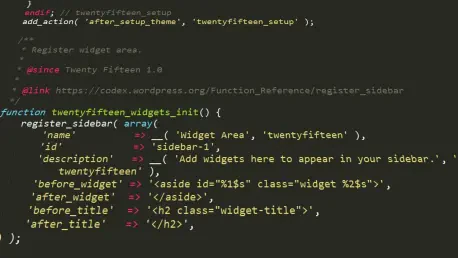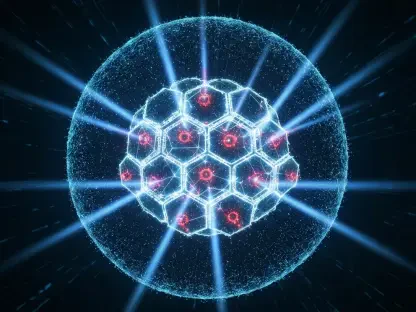In a significant leap forward for the world of open-source graphics, Mesa 25.1 has been released, marking a profound milestone with the introduction of numerous new features and updates. This release is particularly noteworthy for the full integration of the Asahi driver into the kernel, underscoring its impressive developmental progress. As an open-source graphics stack, Mesa 25.1 continues to redefine and expand its capabilities, focusing on extensive hardware support and enhanced performance across various platforms. One of the pivotal aspects of this update is the upgrade of the Panfrost driver, which now supports Mali G720 and G925 GPUs. This advancement enhances support for modern graphics hardware, enabling developers and users to experience improved performance in a range of applications and games.
The update also includes significant improvements in the PanVK driver, specifically tailored for Mali v10+ GPUs, with features like YCbCr support and Vulkan 1.2 integration. These enhancements reflect Mesa 25.1’s commitment to providing cutting-edge graphics support, meeting the demands of modern software applications. Furthermore, Mesa 25.1 marks a strategic shift in NVIDIA GPU support. The transition from the outdated nouveau driver to Zink/NVK as the default driver signifies a new era in rendering capabilities for users of NVIDIA hardware. This transition promises better performance and compatibility, with Mesa continuing its efforts to streamline and refine the open-source graphics landscape.
Expanded Support and Integration
The Mesa 25.1 release introduces a series of upgrades across multiple drivers, demonstrating its dedication to broad hardware compatibility and performance enhancements. New Vulkan extensions have been incorporated into the Radeon RADV, NVK for NVIDIA, and the Etnaviv driver for Vivante GPUs, illustrating its commitment to expanding functionality. These extensions are aimed at improving rendering capabilities and delivering a more seamless experience for users across diverse hardware configurations.
Significant advancements can also be seen in the V3D graphics driver specifically developed for Raspberry Pi devices. This update introduces new shader and blending extensions, enhancing graphics output for Raspberry Pi users who rely on Mesa for their projects. This reflects Mesa’s overarching theme of inclusivity and support for devices ranging from single-board computers to high-performance desktops. Additionally, the PanVK driver by Collabora, dedicated to ARM Mali GPUs, gains a variety of new Vulkan extensions such as VK_KHR_depth_stencil_resolve and VK_KHR_imageless_framebuffer. These extensions enrich the driver’s functionality and adaptability, catering to the evolving needs of the graphics community.
Performance Enhancements in Gaming and Software
Alongside hardware improvements, Mesa 25.1 addresses the needs of the gaming community by integrating enhancements that boost performance in several popular video games. Titles like Dota 2, Cyberpunk 2077, and The Last of Us Parts I and II benefit from smoother rendering and improved frame rates, offering gamers a more immersive experience. This focus on gaming performance underscores Mesa’s dual commitment to serving both the gaming industry and broader software applications.
Beyond gaming, Mesa 25.1 includes optimizations for software applications such as Firefox, Thunderbird, and Blender, illustrating its holistic approach to support not just gaming but general-purpose software. These improvements ensure that users benefit from a more responsive and smoother experience, whether they are browsing the web, editing 3D graphics, or managing their digital correspondence. This release is a testament to Mesa’s dedication to enhancing user experience, bridging the gap between gaming and productivity applications, and ensuring that both segments enjoy robust graphics support.
Future Directions in Open-source Graphics
Mesa 25.1 has emerged as a landmark in the realm of open-source graphics, introducing a host of new features and updates. This release stands out due to the complete integration of the Asahi driver within the kernel, showcasing its remarkable development progress. As an open-source graphics platform, Mesa 25.1 continues to push boundaries, aiming for extensive hardware support and enhanced performance across multiple platforms. A key highlight of this update is the upgrade of the Panfrost driver, now compatible with Mali G720 and G925 GPUs. This enhancement boosts support for contemporary graphics hardware, offering developers and users improved performance in various applications and games.
Significant improvements have also been made to the PanVK driver, which supports Mali v10+ GPUs and includes features such as YCbCr support and Vulkan 1.2 integration. Additionally, Mesa 25.1 represents a shift in NVIDIA GPU support, with Zink/NVK replacing the outdated nouveau driver, promising better performance for NVIDIA hardware users. This transition signals Mesa’s ongoing efforts to refine open-source graphics capabilities.









